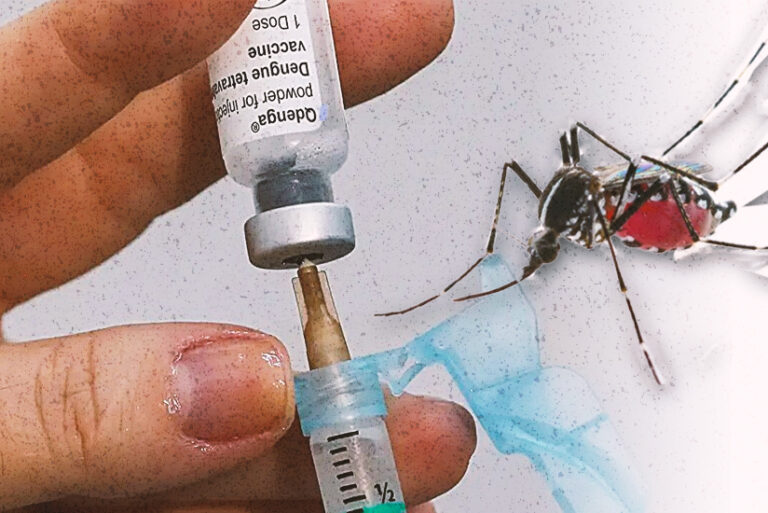By Evangeline T. Capuno
“I don’t want a media circus… I want privacy with my family. What I’d rather talk about is how we can solicit blood donations to replace the supply that I have consumed in the hospital.”
That was what rap singer Francis Magalona said when he was diagnosed with leukemia on August 8, 2008. He tried to fight the disease. “Francis was a very passionate person. When he was angry, he was very expressive. He would get angry with his cancer. That was his way of coping with it. But he didn’t give up,” according to somebody close to the late singer.
On March 6, 2009, Magalona succumbed to multiple organ failure secondary to septic shock secondary to pneumonia. On March 7, he was cremated before daybreak. Eleven days later, the National Commission for Culture and the Arts awarded him a posthumous Presidential medal of Merit.
On June 6, 2021, another personality who died of leukemia was Heinrich Don Abad. A former DOTA-2 professional player, he was ranked #1 in the South East Asian servers. After a gruelling two-week battle with leukemia, he succumbed to a heart attack. Abad confirmed on his Facebook page that he was diagnosed to have leukemia, just one month before his passing.
Killer cancer of the blood and bone marrow
The Department of Health listed leukemia as among the top 5 killer-cancers in the country. In 2015, the Philippine Cancer Society reported that around 4.5 individuals per 100,000 Filipinos will develop the disease. The same report estimated that around 4,270 new cases were diagnosed for the year, plus 3,386 leukemia-caused deaths in 2015.
Leukemia is the cancer of the blood and bone marrow. Blood is a vitally important fluid for the body. A man who weighs about 70 kilograms has about 5 to 6 liters of blood in his body. The bone marrow, on the other hand, is the soft, spongy tissue in the center cavity of all bones. Hundreds of billions of new blood cells are produced in the bone marrow each day, constantly providing the human body with fresh, healthy supply.
Blood cells keep the body healthy and functioning normally. More specifically, the different types of blood cells produced in the bone marrow include: red blood cells (that carry oxygen and other substances to all tissues and organs in the body), white blood cells (that fight infection), and platelets (that help form blood clots).
“Leukemia begins in the developing blood cells in the bone marrow,” states the website of the Cleveland Clinic. “Blood stem cells develop into either myeloid cells or lymphoid cells. As stem cells in bone marrow begin to divide and multiply, they develop into all the needed types of blood cells. In patients with leukemia, cell growth goes haywire, and there is a rapid growth of abnormal white blood cells.”
Leukemia cells are usually immature (still developing) white blood cells. In fact, the term leukemia comes from the Greek words for “white” (leukos) and “blood” (haima). An excess number of white blood cells are seen when looking at blood through a microscope and the actual appearance of the blood is lighter to the naked eye.
Types and classifications of leukemia
According to the rate of progression, leukemia has two types: it is either acute or chronic. Acute leukemia is a rapidly developing condition with a sudden onset. The cells divide rapidly, so the disease escalates very quickly.
Chronic leukemia, on the other hand, is characterized by mature blood cells that divide and replicate more slowly. These cells could initially function like a normal white blood cell. As a result, chronic leukemia could remain undiagnosed for years.
According to the type of white blood cell involved, leukemia has also two types: lymphocytic leukemia and myelogenous leukemia.
In a Philippine Star feature, four common types of leukemia were identified: acute lymphocytic leukemia (ALL), acute myeloid leukemia (AML), chronic lymphocytic leukemia (CLL), and chronic myeloid leukemia (CML).
ALL is caused by too many immature white blood cells. It occurs in all ages but is most common in young children and adults aged 65 and older. AML is caused by uncontrolled production and growth of myeloblasts, which are immature blood cells developed in the bone marrow. People who are diagnosed with AML are usually over 40 years old.
CLL occurs because of the unrestrained growth of lymphocytic cells in the bone marrow that do not intensely slow down the production of normal blood cells. CLL generally affects adults who are over 55 years old but almost never affects kids. CML involves a genetic abnormality in blood cells. CML affects mostly adults.
Symptoms
The symptoms depend, in part, on what type of leukemia a patient has. Cleveland Clinic cites the following as common signs and symptoms of the disease: easy fatigability, little energy, generalized weakness; pale skin tone; fever; easy bruising and bleeding; and bone or joint pain and/or tenderness. Other symptoms may include: swollen lymph nodes in the neck, underarm, groin or stomach; enlarged spleen or liver; frequent infections; unexplained weight loss; night sweats; shortness of breath; and pain or full feeling under the ribs on the left side.
“Keep in mind that if you have a chronic form of leukemia, you may not have any noticeable symptoms in the early stages of the cancer,” Cleveland Clinic reminds.
Risk factors
Men are more at risk for leukemia than women. Although the condition has been known to hit at any stage in life, the chances for developing it increases with age. “While ascertaining the exact cause of leukemia remains elusive, there are several factors that put certain individuals at risk for the disease,” states bloodworkslab.com.
The following are cited as risk factors:
Chemical exposure: Certain chemicals – like benzene, a common industrial chemical found in gasoline, plastics, lubricants, dyes, detergents and pesticides – are linked to an increased risk of leukemia.
Existing genetic abnormalities: Persons with congenital conditions like Down syndrome and Bloom syndrome have a higher risk of developing the condition.
Family history: if other members of the family have been diagnosed with the disease, this increases one’s chances of developing the same.
Cancer treatment: Chemotherapy or radiation treatments, used to combat other types of cancers, could, in turn, increase one’s risk.
Smoking: Cigarettes have been linked to a host of health hazards, and one of them is acute myelogenous leukemia.
Treatment
“Treatment for [leukemia depends] on many factors,” the Mayo Clinic says. “[The doctor] determines leukemia treatment options based on age and overall health, type of leukemia, and whether it has spread to other parts of the body, including the central nervous system.”
The Mayo Clinic lists the following common treatments used to fight leukemia: chemotherapy, targeted therapy, radiation therapy, bone marrow transplant, and immunotherapy.
Medical science has also developed the technology to engineer immune cells to fight leukemia. A specialized treatment called chimeric antigen receptor (CAR)-T cell therapy takes your body’s germ-fighting T cells, engineers them to fight cancer and infuses them back into your body. CAR-T cells therapy might be an option for certain types of leukemia.
Currently, clinical trials are being conducted to test new cancer treatments and new ways of using existing treatments. “While clinical trials [give patients and their families] a chance to try the latest cancer treatment, treatment benefits and risk may be uncertain,” the Mayo Clinic says. “[The benefits and risks of clinical trials should be discussed] with the doctor.”








